One of the first things to look for in a toy is whether it has moving parts that can come off or break off and become a serious choking hazard. An example is a ball with a bell inside. If the dog manages to break the ball open, he could try to swallow the bell or get it caught in his teeth.
Openings in a toy are often dangerous. Some hard rubber balls are hollow and have a hole on the side. A dog can get a tooth caught in the hole, essentially locking the dog’s mouth open. Some toys have openings to put food inside. Make sure they are safe for your size and type of dog. Any kind of hard toy and any kind of toy with separate moving parts should only be played with under supervision.
If the dog likes toys that squeak, look for a toy that has the squeaker made as part of the mold. Separate squeakers often have metal pieces inside, and both the squeaker and the metal bits are dangerous once the dog gets them off the toy — and he will!
Cheap painted toys may have lead paint. Pay extra for a well-known brand, or buy a toy that is certified safe for babies. Even so, check it over and make sure it is safe for a dog to play with.
Hard plastic toys can shatter when the dog chews them, creating sharp edges that can cut paws, mouths and throats. Soft latex or plastic toys may end up destroyed by the dog, but any swallowed pieces will pass harmlessly through his digestive tract and do nothing more than create some colourful “stoop and scoop” experiences a day or so later.
There are great new toys on the market that stimulate a dog's mind by having him push or pull parts of the toy to get at a treat. These definitely should be used only when you are there to watch, and should be put away where the dog can't get it when the game is over.


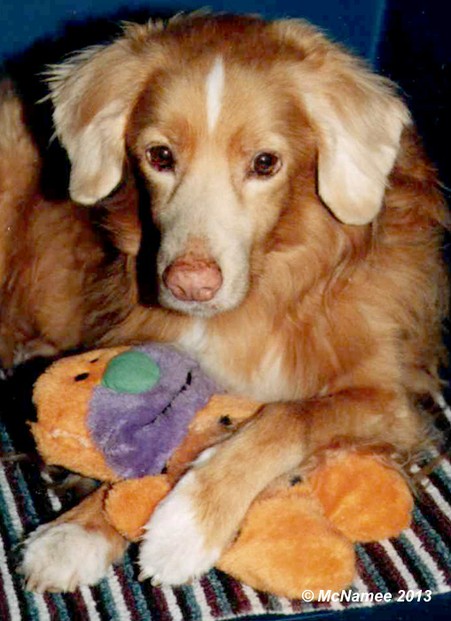
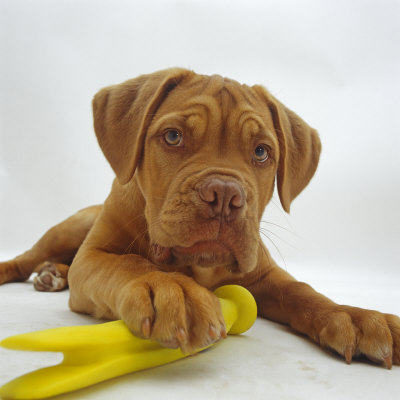







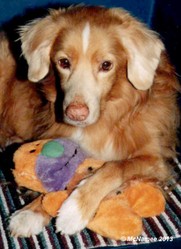

 Versatile Nova Scotia Duck Tolling Retrieverson 08/02/2014
Versatile Nova Scotia Duck Tolling Retrieverson 08/02/2014
 Should You Spay or Neuter Your Puppy?on 08/12/2014
Should You Spay or Neuter Your Puppy?on 08/12/2014
 Horse Racing History: the Preakness Stakeson 05/15/2014
Horse Racing History: the Preakness Stakeson 05/15/2014
 Dinosaurs Will Be On Display in Trenton, Ontario, Canadaon 07/29/2013
Dinosaurs Will Be On Display in Trenton, Ontario, Canadaon 07/29/2013

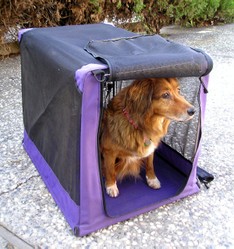
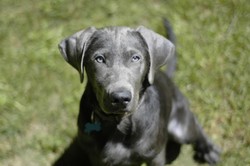
Comments